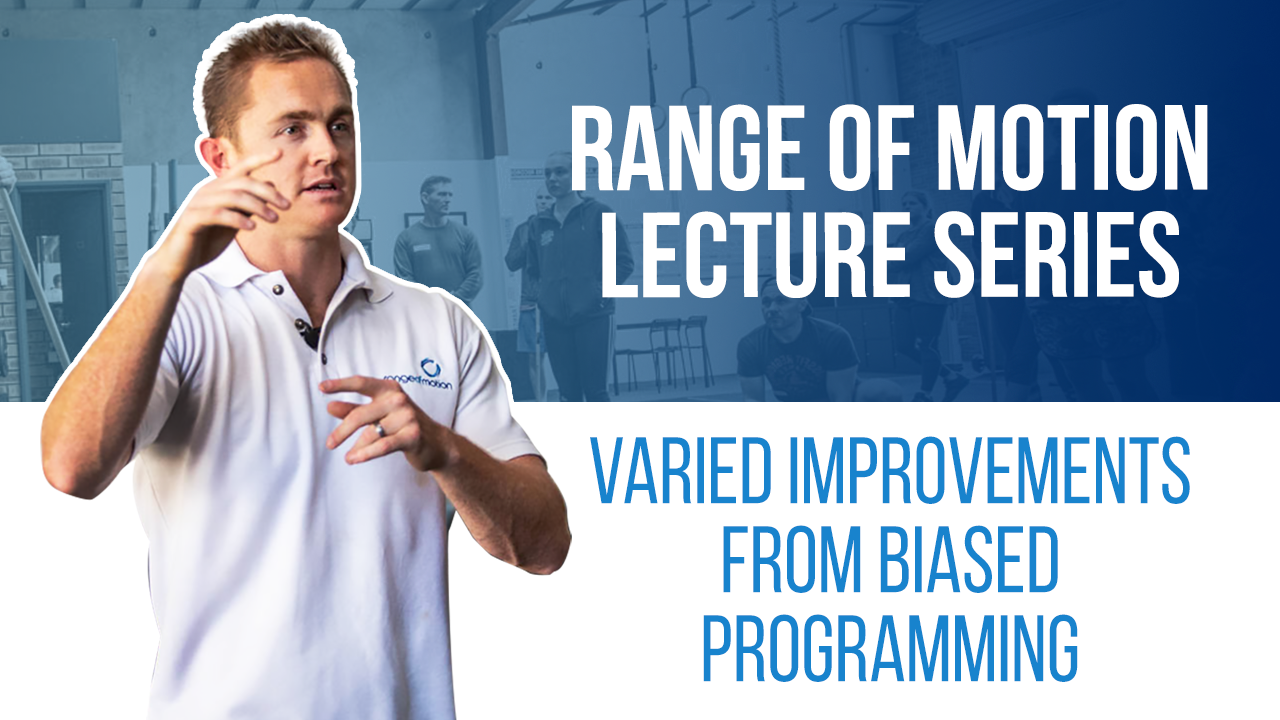Transcribed from video:
– So, here’s what we found. We found that people will tend to improve their major weakness, that’s the thing that we’ve identified as what they need to work on most. They’ll improve that by maybe 40%. They improve the thing that they’re next strongest at by 30, 20, 10. They’re still improving their strength, just not by as much. So, it’s not that we’re putting these things on hold, or even dropping them back, that’s not the case at all. Everything is expanding, but these are expanding at a much higher rate than the strengths are expanding. If they start to lose their competency in anything, you need to adjust what you’re doing. You need to make these constant adjustments to make sure that they’re never getting worse at anything. And once you’ve built some level of competency, some level of fitness, as soon as you’ve built an improvement in the score on one of these spokes, you have to fight to make sure that it doesn’t then drop away, you have to keep it there. And the reason you can still keep improving this stuff, is that even if their working on their work capacity, even if they’re here, there are still going to be things that overlap with their absolute strength. You’ve still got these these multi-modals in barbell conditioning session, so even though we’re focusing on someone that works on work capacity, the power lifting is still being improved as well, their absolute strength is still being improved at the same time.





